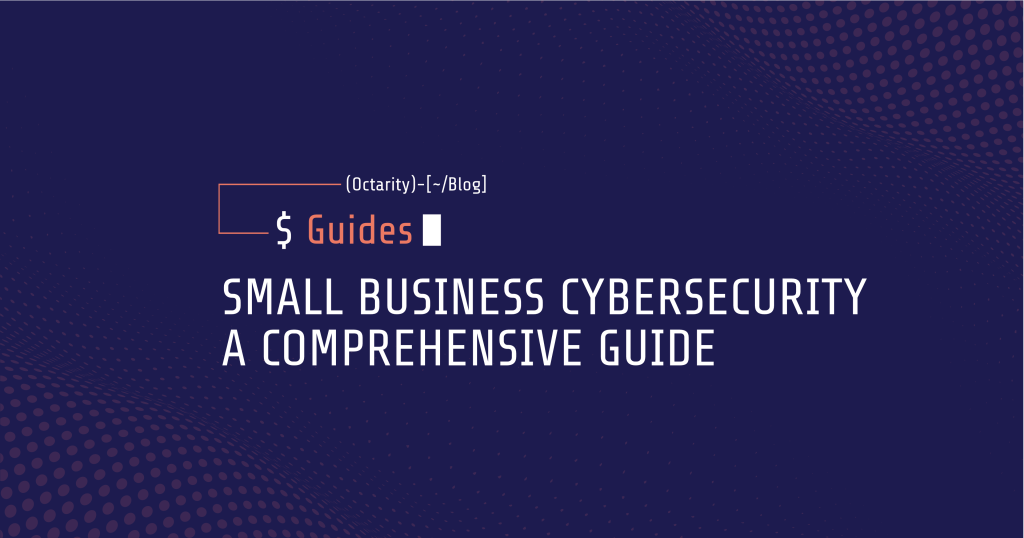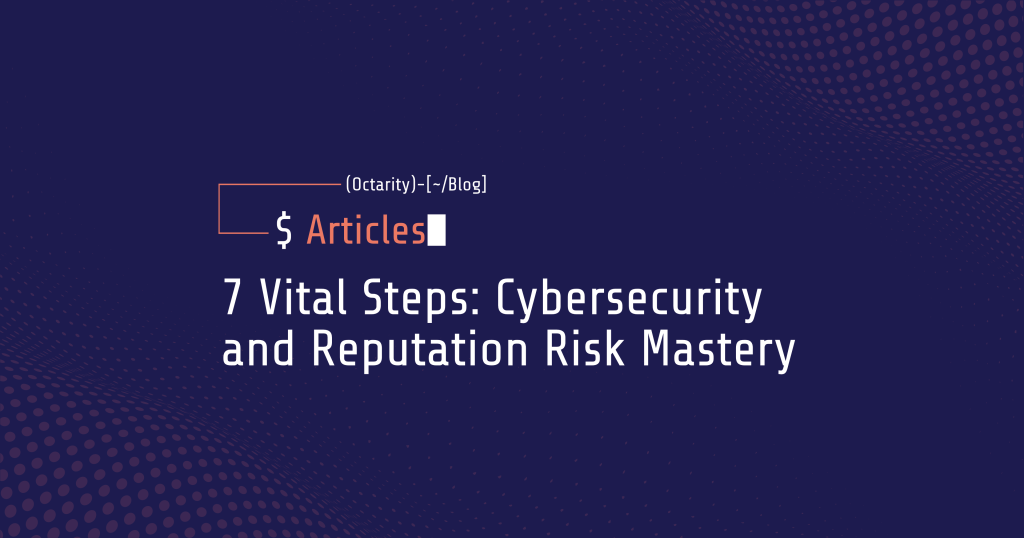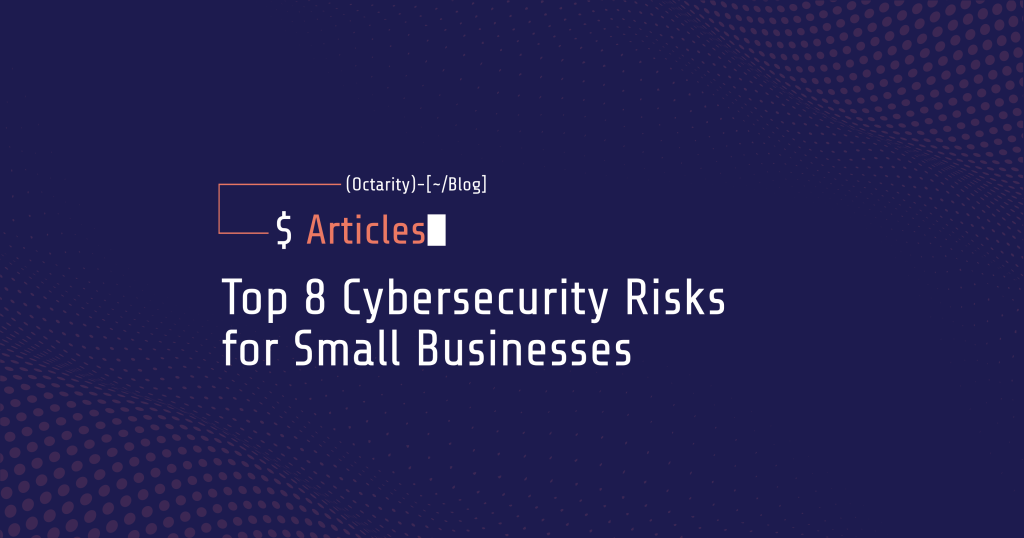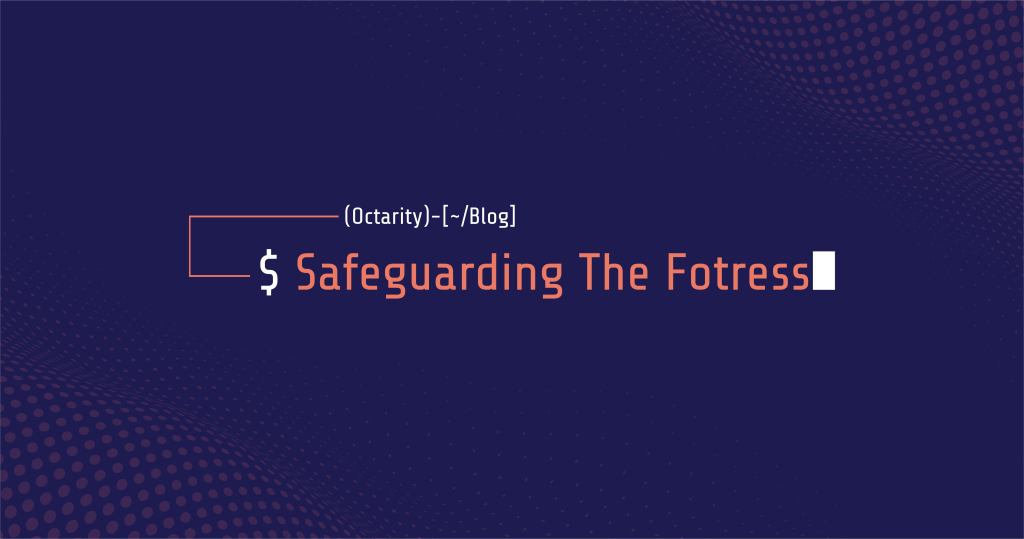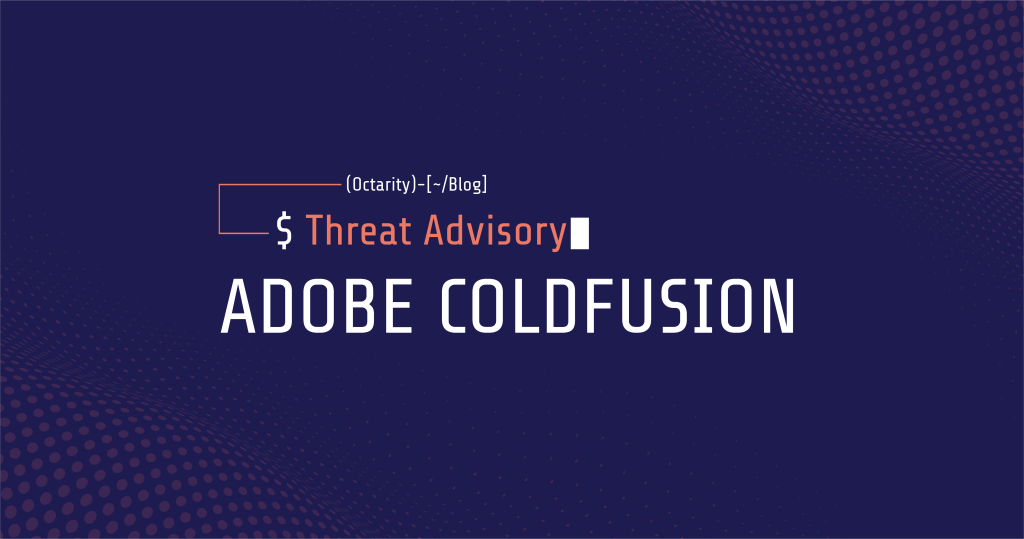Together we identify and assess critical Infrastructure cyber risks and design and implement cyber security controls to secure your safety-critical environments.
Industrial Cybersecurity Governance for Cyber Resilience
At Octarity we envision a future where critical infrastructure organizations can confidently embrace digital transformation initiatives without worrying about cyber attacks and data breaches.

Leverage our collective expertise and experience to accelerate your results—no need to navigate this journey alone.
Challenges we solve for
Services

1. Periodic OT cyber risk assessments and audits
2. 3rd Party Compliance for Suppliers
3. Cybersecurity mature posture Assessments for insurance

1. Cybersecurity management systems (CSMS) Design and Implementation
2. Oversight & Reporting

Cybersecurity Culture Design and Implementation:
1. Assessment
2. Role based Training and Awareness
3. Continuous Improvement
Why Octarity
We position cyber security as an enabler to empower you to thrive in the digital age with our context-driven cyber security solutions. Beyond technology, we foster collaboration, and continuous learning to build a resilient cybersecurity culture.

Cyber Security is Not Optional
According to Fortinet’s 2024 State of Operational Technology and Cybersecurity Report, there is a rise in cyberattacks targeting industrial environments. Specifically, 73% of organizations reported OT intrusions in the past year, with 31% experiencing six or more OT-specific incidents—up from just 11% the year before. The consequences of these attacks are becoming more severe, often resulting in operational disruptions, data loss, and damage to brand reputation.
The report highlights how increasing connectivity between IT and OT environments, driven by digital transformation, is exposing industrial systems to greater risks. Despite improvements in OT security posture, the volume and sophistication of attacks outpace security measures, underlining the need for continual investment in OT security strategies, including asset visibility and network segmentation.
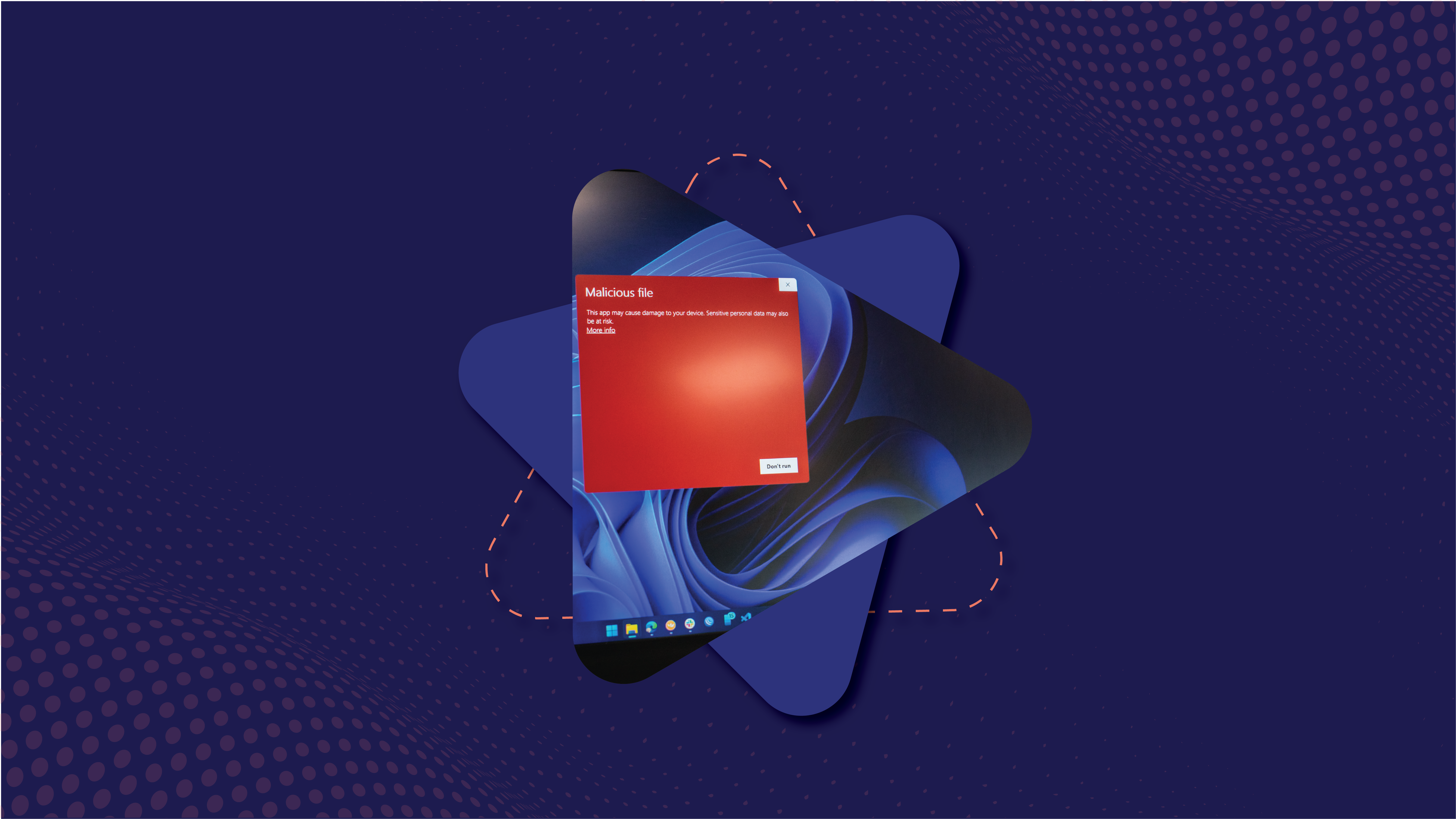
Frequently Asked Questions

What is the process for conducting an industrial cyber risk assessment?
We start with an assessment of your safety-critical environments, identifying vulnerabilities and control gaps; using industry standards; across your industrial environment. This includes assessing operational technology networks and processes, and third-party integrations. From there, we prioritise risks and provide actionable recommendations tailored to your business needs.
What type of clients do you work with?
Critical Infrastructure environments are complex, they have specific needs based on where they are in their business’s life.
Octarity’s mission is to help critical infrastructure environments such as energy, mining and healthcare fortify against this evolving threat.
Why is third-party risk management important for industrial environments?
Third-party vendors often have access to critical systems and data, making them a potential security risk. Our third-party risk management services help you evaluate, monitor, and have oversight over the cybersecurity maturity of your vendors, ensuring they meet your required standards and do not compromise your industrial ecosystem.
How are industries adapting to the growing threat of ransomware?
Industries are increasingly adopting proactive measures such as regular system backups and recovery testing, tabletop exercises, and role based employee training to combat ransomware response and recovery vulnerability. Additionally, there’s a focus on building incident response plans and collaboration with cybersecurity partners to ensure rapid response and recovery.
What role does AI play in improving industrial cybersecurity?
AI plays a critical role in enhancing industrial cybersecurity by improving proactive risk management, threat detection and response capabilities. It can analyze large volumes of data to identify anomalies, prioritise vulnerability management, and inform incident response strategies. By continuously learning from evolving cyber threats, AI contributes to resilience within industrial environments, helping businesses proactively address vulnerabilities and strengthen defenses against future attacks.
Why is cybersecurity governance important in industrial digitization strategies, especially with legacy equipment?
Incorporating legacy equipment into modern industrial digitisation strategies presents cybersecurity challenges. Legacy equipment often lacks built-in security features and may not be compatible with modern protocols, creating vulnerabilities that cyber attackers can exploit. Cybersecurity governance ensures that both new and legacy systems are properly assessed, secured, and monitored. Governance frameworks help mitigate the risks created by outdated systems by implementing compensatory controls, securing communication channels, and enabling compliance with security standards. Without proper governance, legacy systems can become weak points in an otherwise secure digital environment, exposing critical operations to cyber threats.
